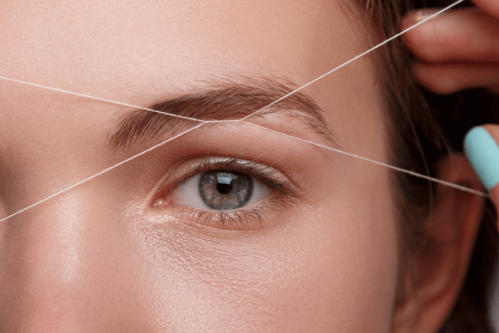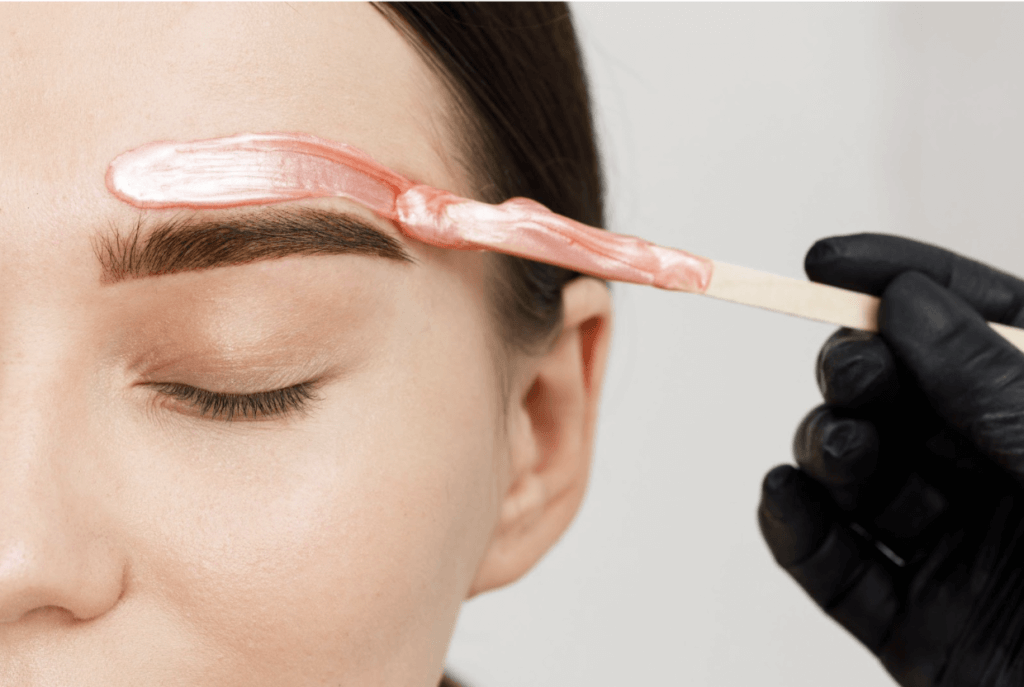
How Does Eyebrow Threading Work?
Eyebrow Threading
Posted by Jennifer Ngo at May 16th, 2019
So, you might have a good understanding of what eyebrow threading is. But when it comes to the nitty gritty, how does eyebrow threading work? What's the actual process like. Most people are familiar with the concept of eyebrow threading but don’t know how it works or how a thread can remove hairs and shape eyebrows. Here is how eyebrow threading works: Hair removal by a thread works by twisting the thread in a way to create a cross section that rolls over hairs, catches them and pulls them out. Because this can all be done with a single thread, it makes it all natural. The thread is single use; therefore, eyebrow threading is safe when done in a professional environment. Threading pulls the hair straight out of the root, threading lasts anywhere from two to three weeks, sometimes longer depending on your growth cycle. The process is not completely painless as hairs are being yanked out. Redness will dissipate after 15 minutes of service. The artist will trim your brows to the proper length and apply aloe vera or witch hazel to help with after service cleaning and redness. Eyebrow threading works for almost all skin and hair types. For those with oily hairs, a powder is sometimes used to cover the skin and hairs to make it easier for the thread to catch and pull out. If you have ingrowns, a thinner thread can be used to catch finer hairs or ones a little deeper in the skin. As long as there is some portion of the hair that is willing to come out of the skin during threading, the thread should be able to catch and pull that hair out. Benefits of eyebrow threading include hair removal without chemicals, long-lasting results, precise shaping, and a quick-clean service.
BOOK AN APPOINTMENT
Booking an appointment is easy and can be done in a few minutes.
Forms can be filled at your closest Chic Lash Boutique or by clicking "Complete Forms".


